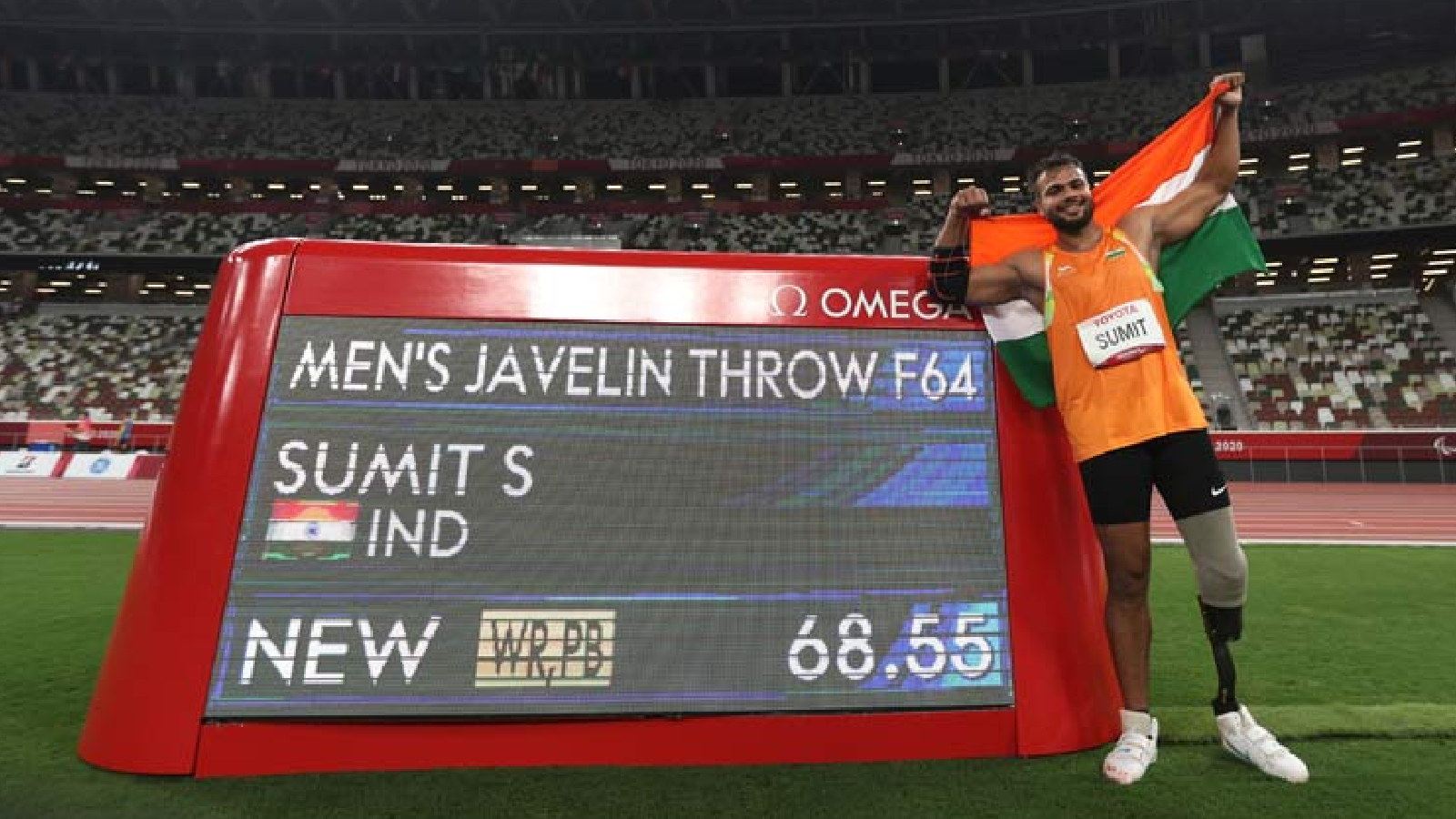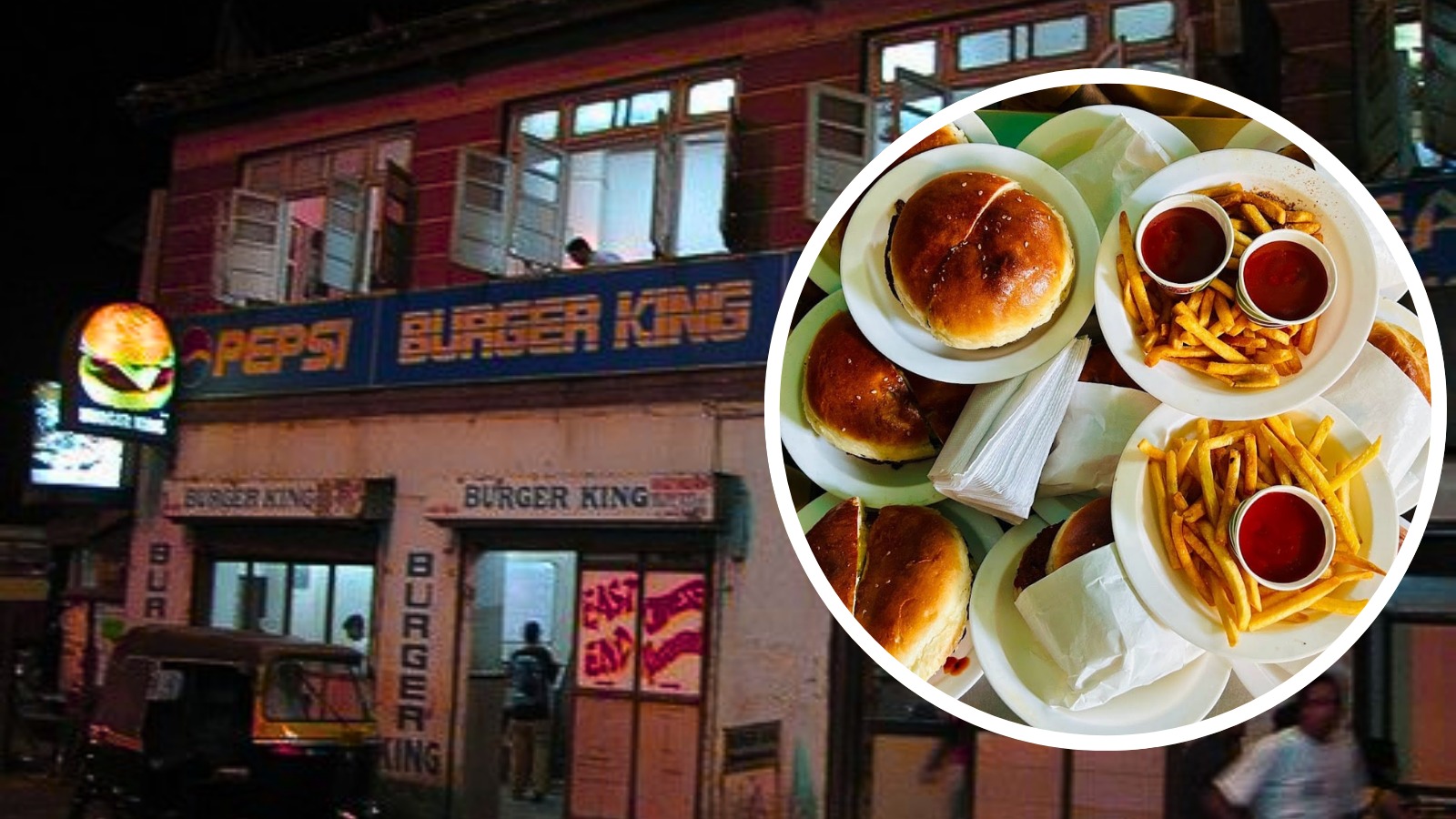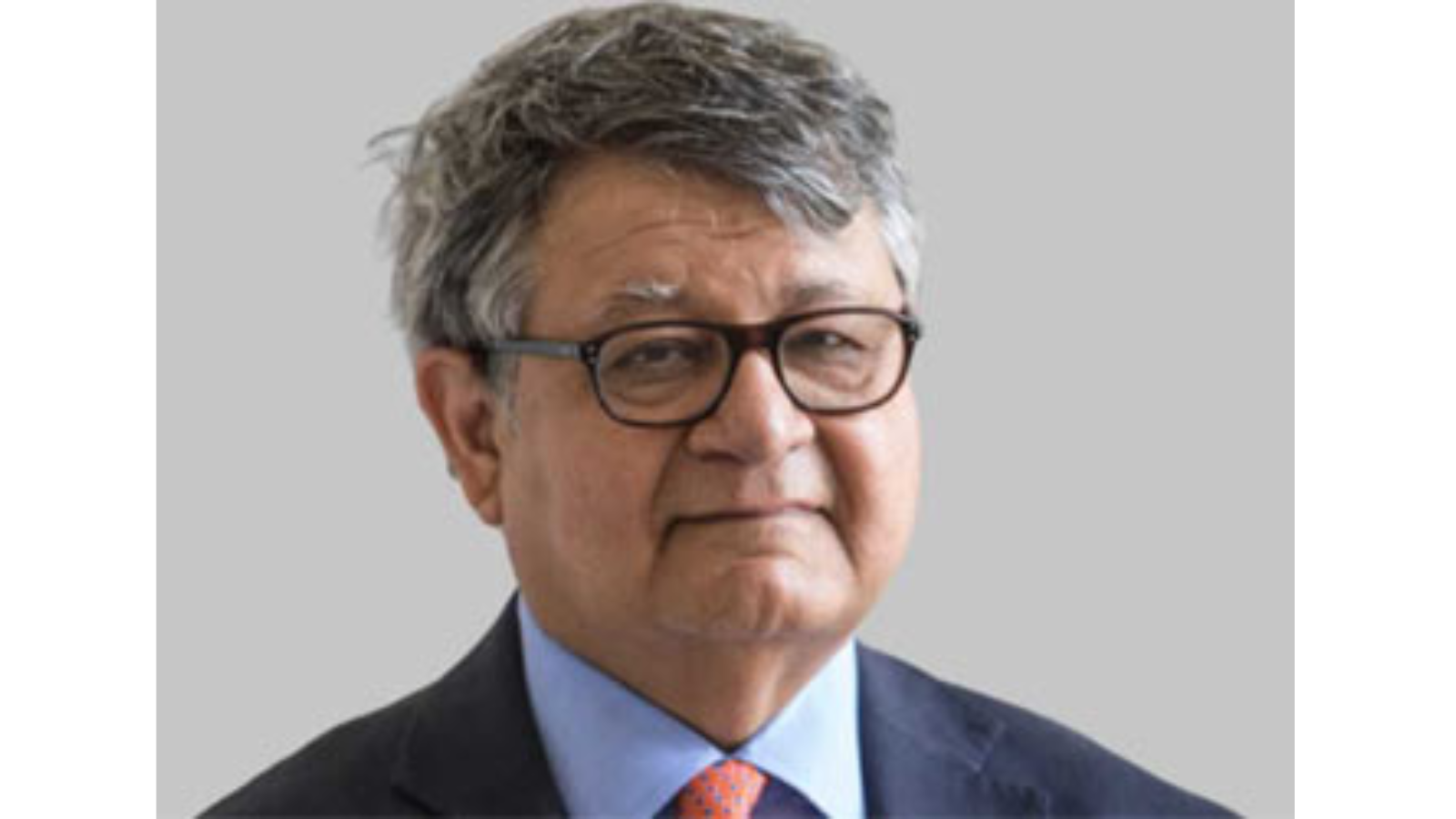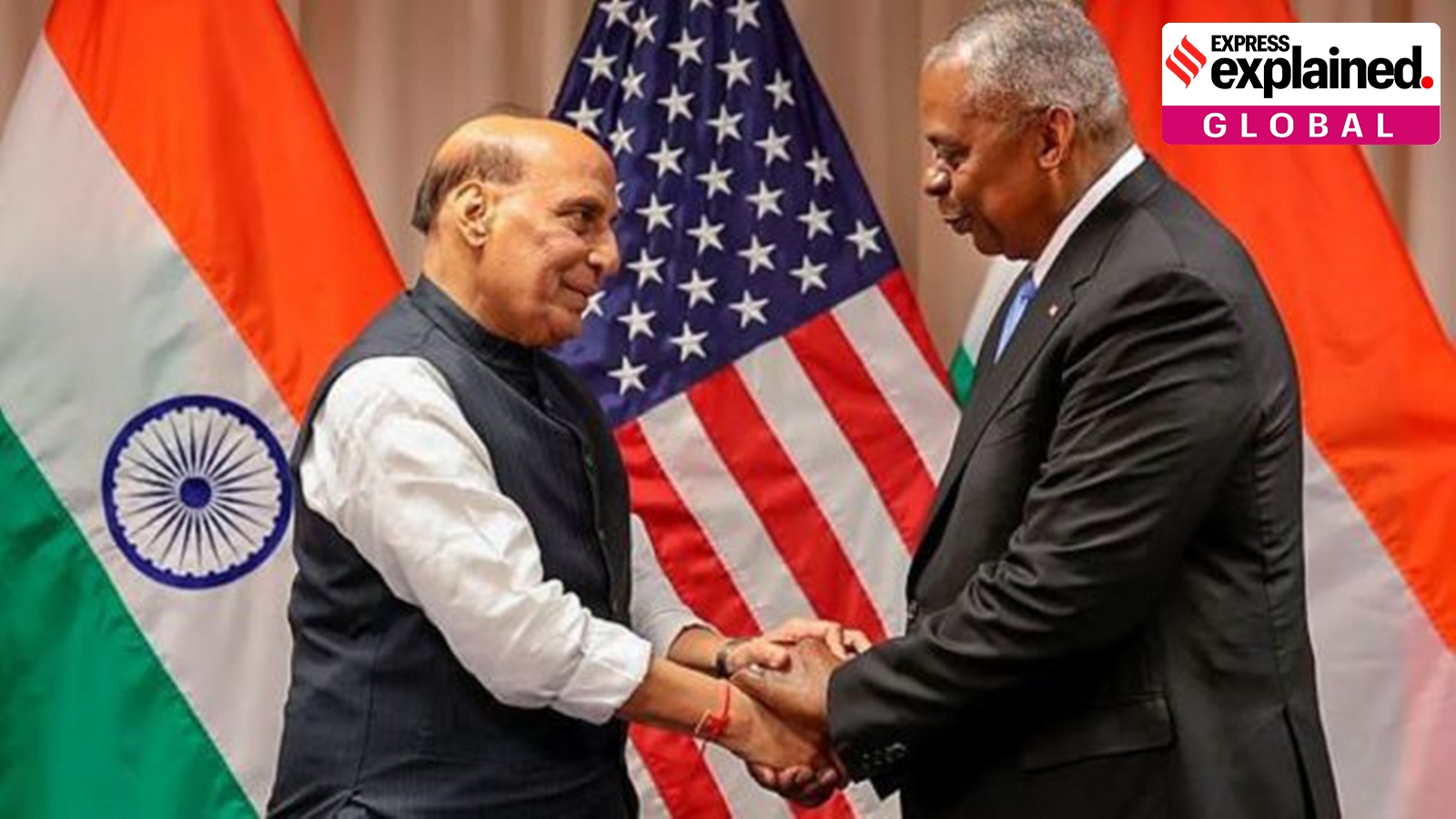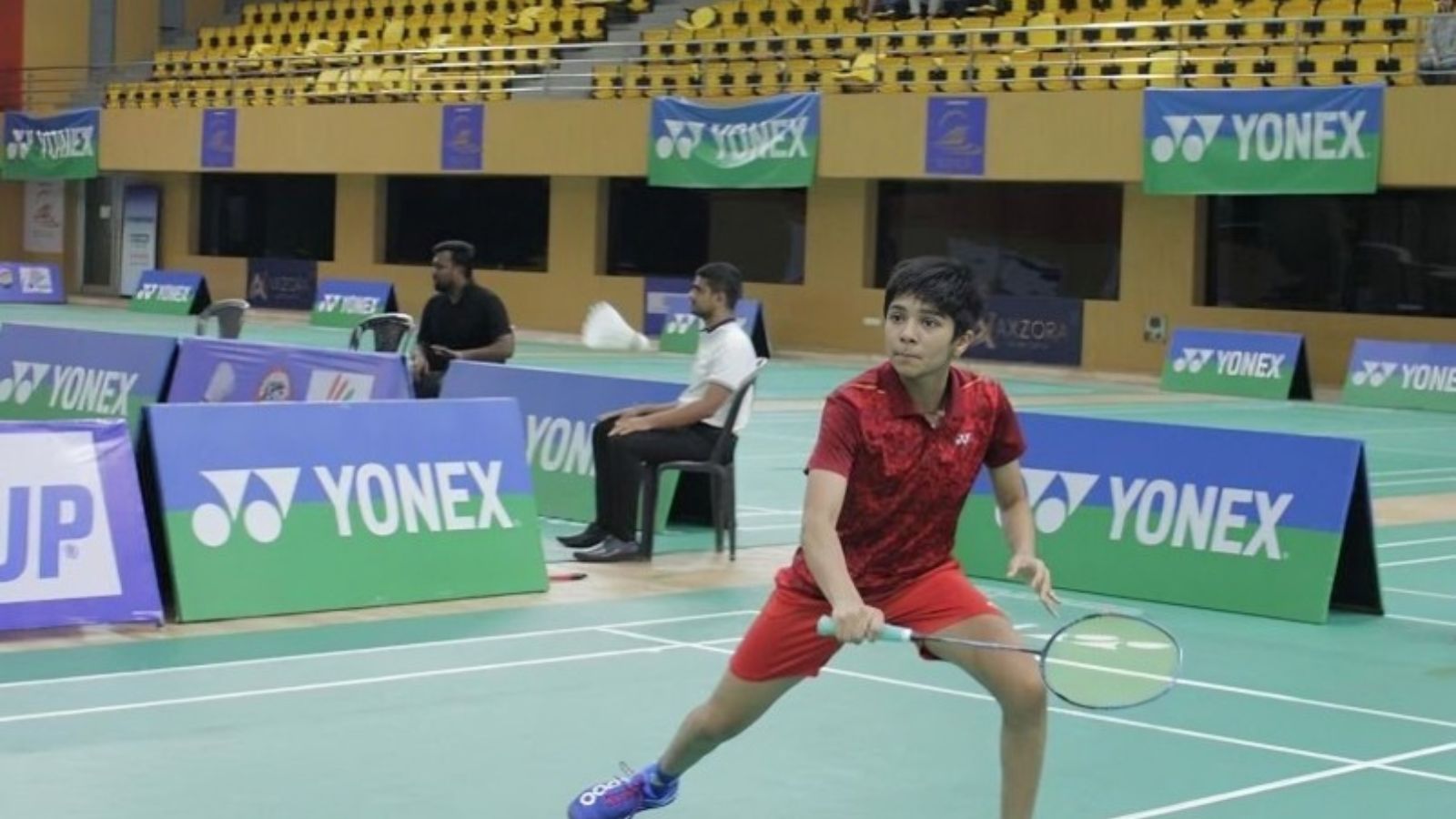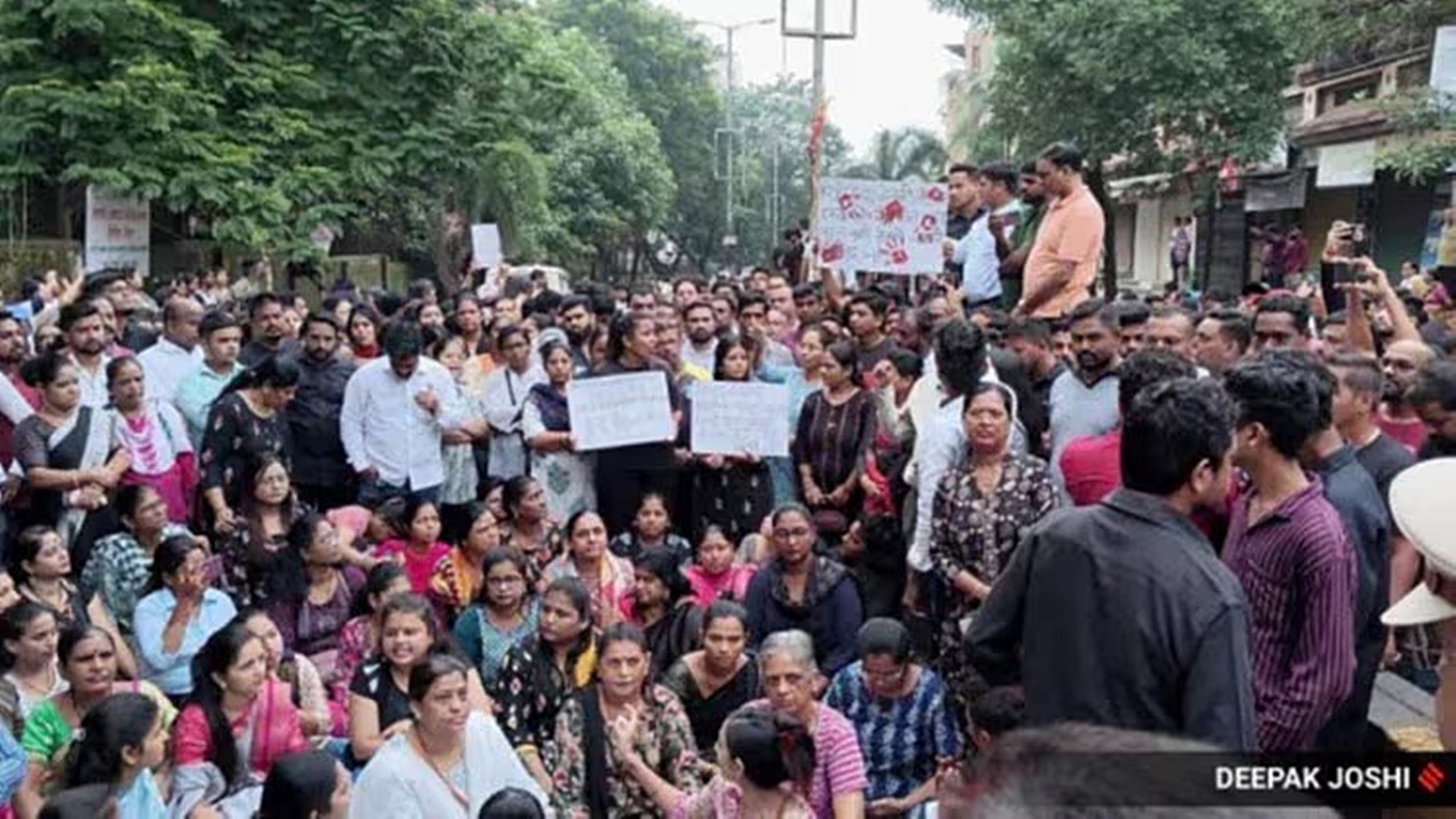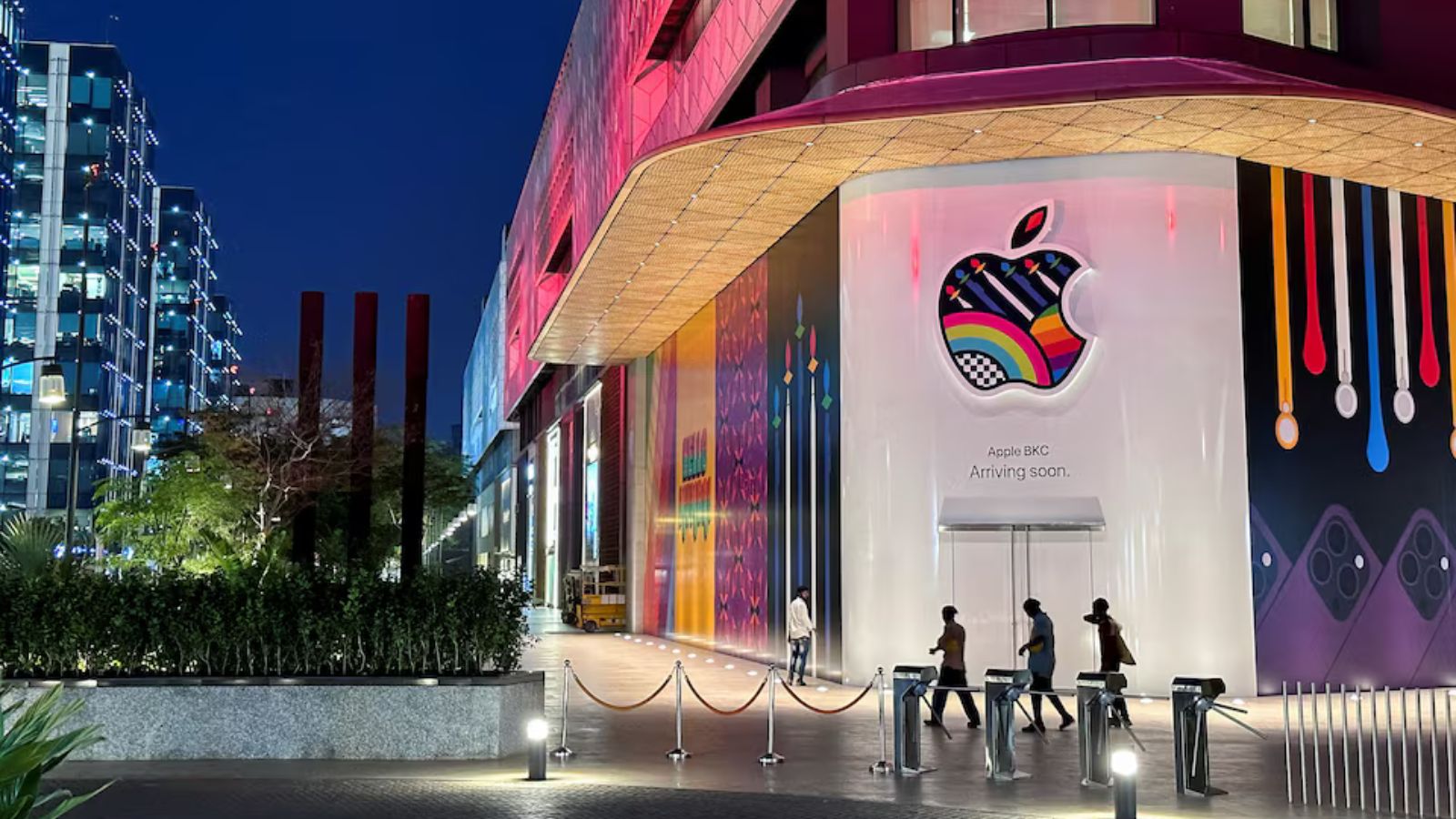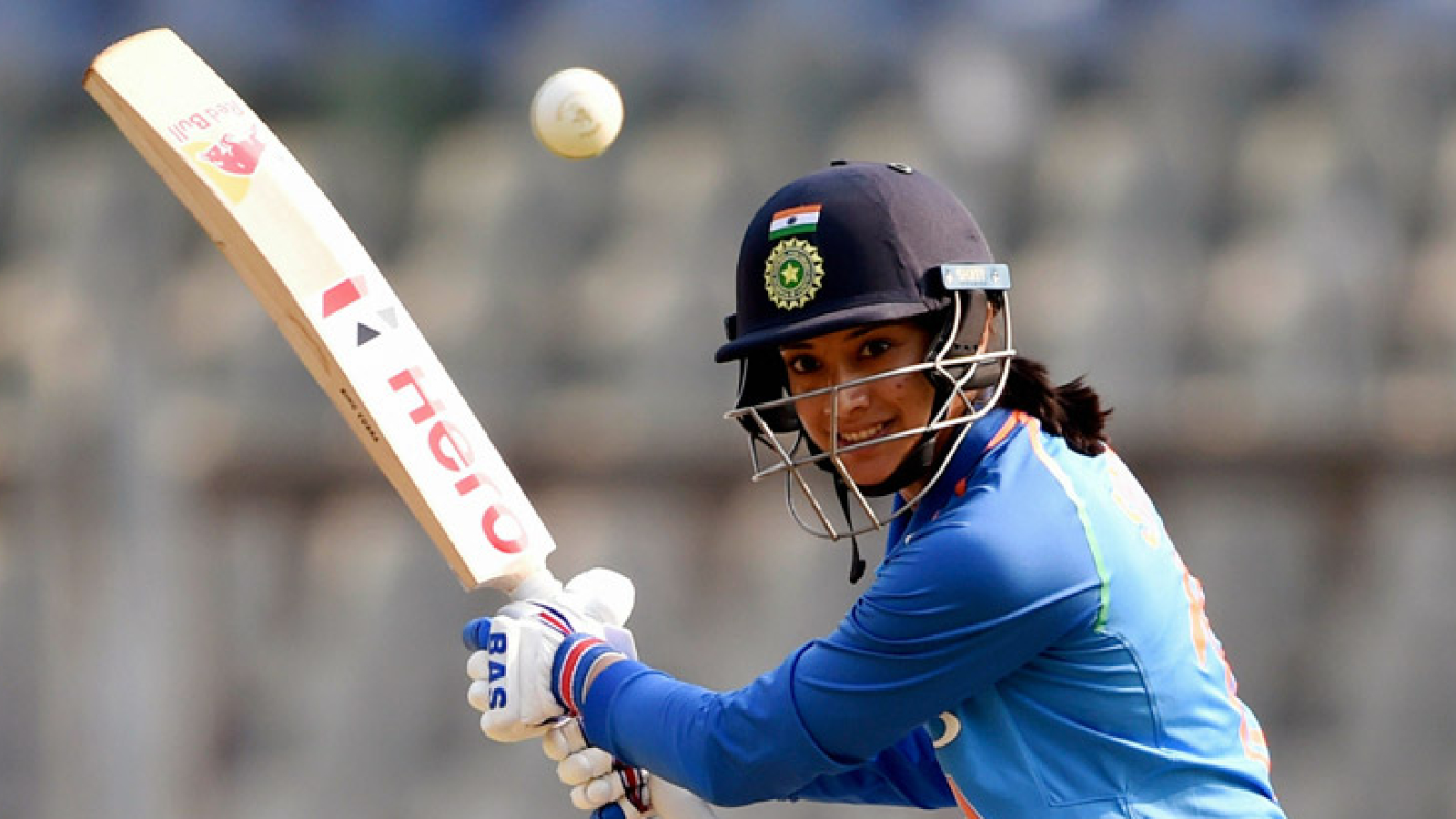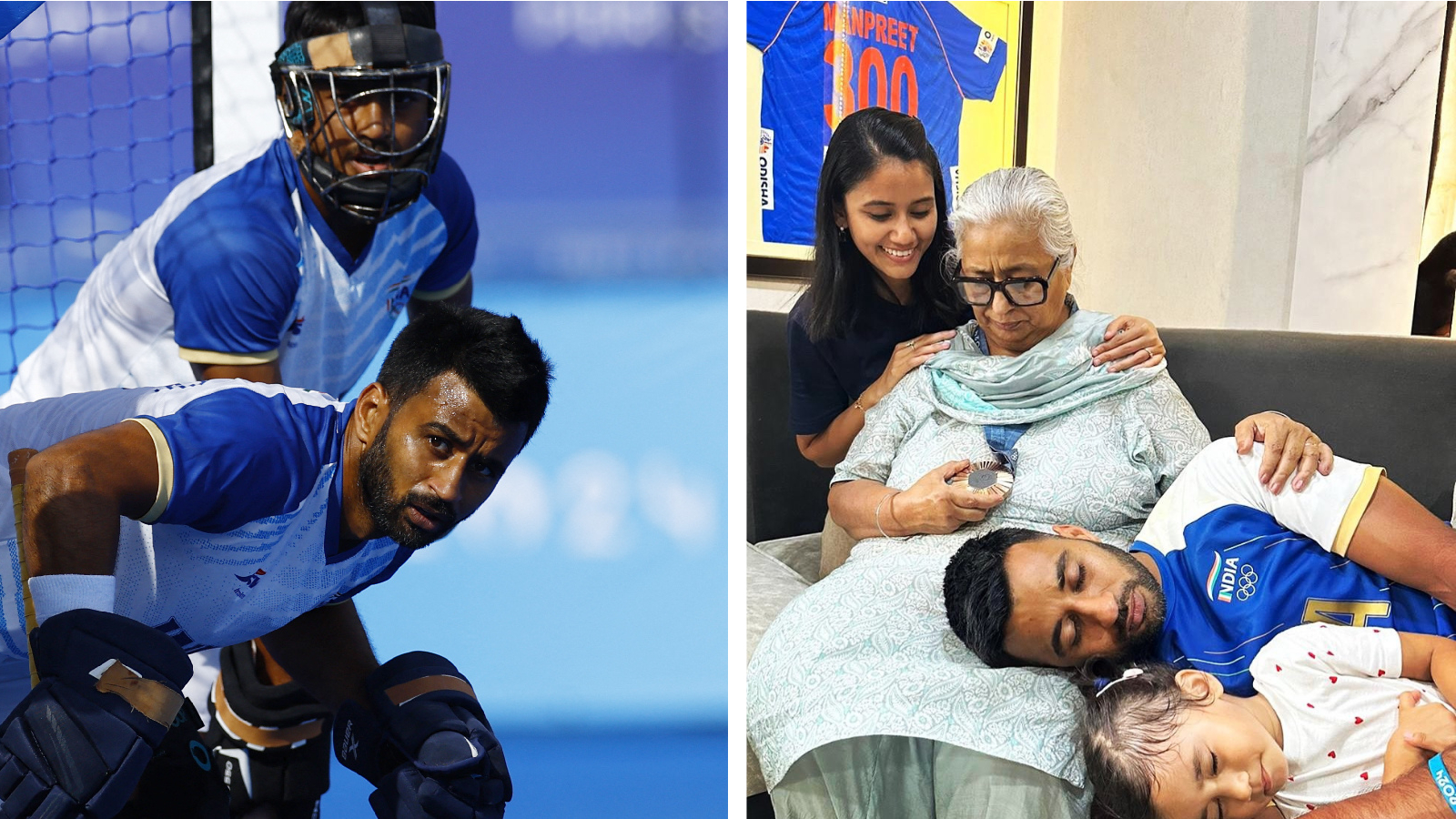When OnePlus held a launch event in Milan as part of its summer lineup earlier this week, it surprisingly dedicated 35 minutes to the new Nord 4 smartphone out of the hour-long presentation. It may seem unusual for a brand to go all-in on a mid-range phone and dedicate a high-profile launch event to a smartphone that’s not a flagship-tier device. A few days ago, Nothing did something similar. Although it didn’t hold an in-person launch event like OnePlus, it launched its first phone under the CMF brand with a modular design that opens up possibilities for customization, which is uncommon for a device priced in this segment. HMD is another brand dipping its toes in this segment, this time more aggressively, with its Skyline smartphone, which brings back memories of the classic Nokia N9 design but has easy reparability as a selling point. All three—Nord 4, CMF Phone 1, and HMD Skyline—are very different smartphones; however, the common factor between them is that the devices aren’t high-end phones but aspire to become fan favourites due to their design elements and the price they are aimed at. This begs the question: Is this a sign of a comeback for mid-range smartphones, or have mid-range phones always been present but are now packaged differently? The last great mid-range smartphones were released almost a decade ago with the launch of Motorola ’s G series and Xiaomi ’s Note series. Both series were hugely popular and made significant inroads for Android smartphones, especially in markets like India where smartphones were just about to break in. While brands have continued to launch mid-range phones, we haven’t seen anything new that has sparked life and brought back fun into the mid-range segment. This segment now consists of many sub-segments, making it harder to settle on a phone that feels just right for one’s needs: an essential smartphone that may not be cutting-edge but brings meaningful upgrades without being extremely expensive. As the years have continued, mid-range smartphones haven’t seen the “it” moment, probably due to brands’ interest in selling premium phones. It’s easy to understand why: the perception has been made that people find it “normal” to spend upwards of $800 and more for a flagship device, and it seems to be working, at least according to the quarter-after-quarter numbers. Naturally, there is more money to be made in that segment, which means mid-range phones take a back seat but continue to sell in large numbers. However, the Nord 4, CMF Phone 1, HMD Global’s Skyline and Nothing’s upcoming Phone 2a Plus may reignite interest in mid-range smartphones. This time, though, the focus isn’t on raw specs in a typical fashion to match up to the high-end phones but more on the design elements and software as selling points. For instance, the Nord 4 is pitched as having an all-metal unibody design, which OnePlus says is the first of its kind in a 5G phone. The matte silver variant features a 2D laser-etched design that catches attention and feels sleek and sturdy in the hands. Perhaps more importantly, the Nord 4 will have new AI tools, including an object removal tool in the image editor as well as a transcribing tool that will create a summary of recorded notes alongside extended software support, promising four major Android updates and six years of security updates. All of this for a phone that is priced under 500 Euros or Rs 29,999. While OnePlus is releasing the Nord 4, London-based Nothing is using a semi-modular design to bring back fun to smartphones with the CMF Phone 1. Its back can be fully removed by unscrewing four black screws. Additionally, a circular nub on the bottom right corner of the phone serves as an accessory point, which can be used to attach various accessories, ranging from a kickstand to a wallet, snapped on magnetically. The CMF Phone 1, in orange, looks more like a toy than a smartphone. It also has a jazzed-up interface from Nothing, which feels different. For a $199 handset (or Rs 15,999), the CMF Phone 1 is quite remarkable with its unique design and hardware, even if it comes with a few caveats. Nothing may continue to bring differentiated cheerful smartphones with the forthcoming Phone 2a Plus, yet another device that expands the mid-range segment further. Meanwhile, HMD Skyline lets users replace a cracked screen or a failing battery in under 10 minutes, with a design that harkens back to classic Nokia phones. Priced at Euro 499, this smartphone may not be high-end by any means, but its focus on easy repairability sets it apart. “One of the key selling points of the mid-range flagship smartphones was being premium yet affordable. The new CMF Phone 1 has created a spark with freshness in design, largely due to its partly modular design, albeit at the cost of some other features. OnePlus Nord 4, on the other hand, brings AI features to a mid-range phone,” said Kiranjeet Kaur, Senior Research Manager, IDC’s Asia/Pacific Client Devices Group. “I think it hits a sweet spot in terms of price where OnePlus has a good following. Nothing, on the other hand, is relatively new and popular in niche segments but still lacks wider audience visibility,” Kaur added. “Design is of growing importance for the mid-range market, ensuring consumers get the look and feel of a higher-end smartphone,” said Thomas Husson, Vice-President and Principal Analyst, Forrester Research, adding that the mid-range smartphone market is appealing when you can deliver scope and scale. Though mid-range phones were pillars of the phone market in the early 2010s and up until 2018, the launch of “premium” smartphones at different tiers seemed to end the spell of that era, leading to a shift in priorities for many brands. Accessibility played a huge role in bringing the cost of premium phones down, especially Apple ’s iPhones, which once seemed like an impossible dream to own for many, suddenly became within reach for people. Apple doesn’t sell mid-range iPhones on the market, but it continues to sell previous-generation models at reduced prices, thus attracting a type of potential phone buyers and giving the older iPhone models as an alternative to the latest mid-range Android smartphones from players like Samsung and Xiaomi. “Older models play a big role in the mid-segment for Apple. The iPhone 11, which launched in 2019, had been selling very well until recent quarters. These are users who may not want to spend top dollar for an iPhone now but may eventually move to the latest models. It also helps Apple from an installed base perspective for its services, even if the users are on older iPhones,” Kaur said. Husson said while Apple only focuses on the high-end smartphone segment and doesn’t offer mid-range models, its older iPhones do play an important role in reaching out to a wider user base. Technically, Apple is a very big player in the mid-range segment even if it doesn’t launch new products like its biggest competitor, Samsung. He said Apple has “mastered the art and science of pricing”. Both Kaur and Husson agree that the premium segment will lead the smartphone market as more people want advanced cameras and generative AI features on phones. However, the truth is that smartphone prices have gone up in recent years. While this does not impact users with high disposable income, consumers on the lower spectrum are leaning towards budget phones over mid-range devices. “The mid-segments have declined in recent quarters but still a significant share of the total shipment (In Western Europe, almost one-third of the smartphones are priced between $200 and $600, and it is more than one-fourth in India). So, the mid-segment has been holding onto its share despite the high volumes at the low-end and flashy features of the premium segment smartphones,” said Kaur. “I think it is fair to say consumers pay extra attention to getting good value for their money. While inflation is stabilising in the EU zone, economic conditions are still in favour of more affordable devices. Having said that, I don’t think it will be enough to really boost sales since Europe has become first and foremost a renewal market,” Husson said. While it’s too early to say definitively whether mid-range smartphones are making a full-fledged comeback, the signs are certainly promising for different varieties of devices that seemed to exist at the beginning of the smartphone boom. In a sense, whether it is Nord 4, the CMF Phone 1 or the HMD Skyline, all three devices are indicative of a total rethinking of how mid-range smartphones look, feel, and function. Perhaps what the Redmi Note or OnePlus’s first few smartphones once stood for. They might not have been cut from the same cloth but had a similar way of building smaller communities and positioning their smartphones to highlight their strengths and price points. Anuj Bhatia is a personal technology writer at who has spent a decade covering gadgets, apps, and gaming. He specialises in writing longer-form feature articles and explainers on trending tech topics. His unique interests encompass delving into vintage tech and composing in-depth narratives on the intersection of history, technology, and popular culture. Prior to joining The Indian Express in late 2016, he served as a senior tech writer at My Mobile magazine and previously held roles as a reviewer and tech writer at Gizbot. Anuj holds a postgraduate degree from Banaras Hindu University. You can find Anuj on Linkedin. ... Read More None
Popular Tags:
Share This Post:
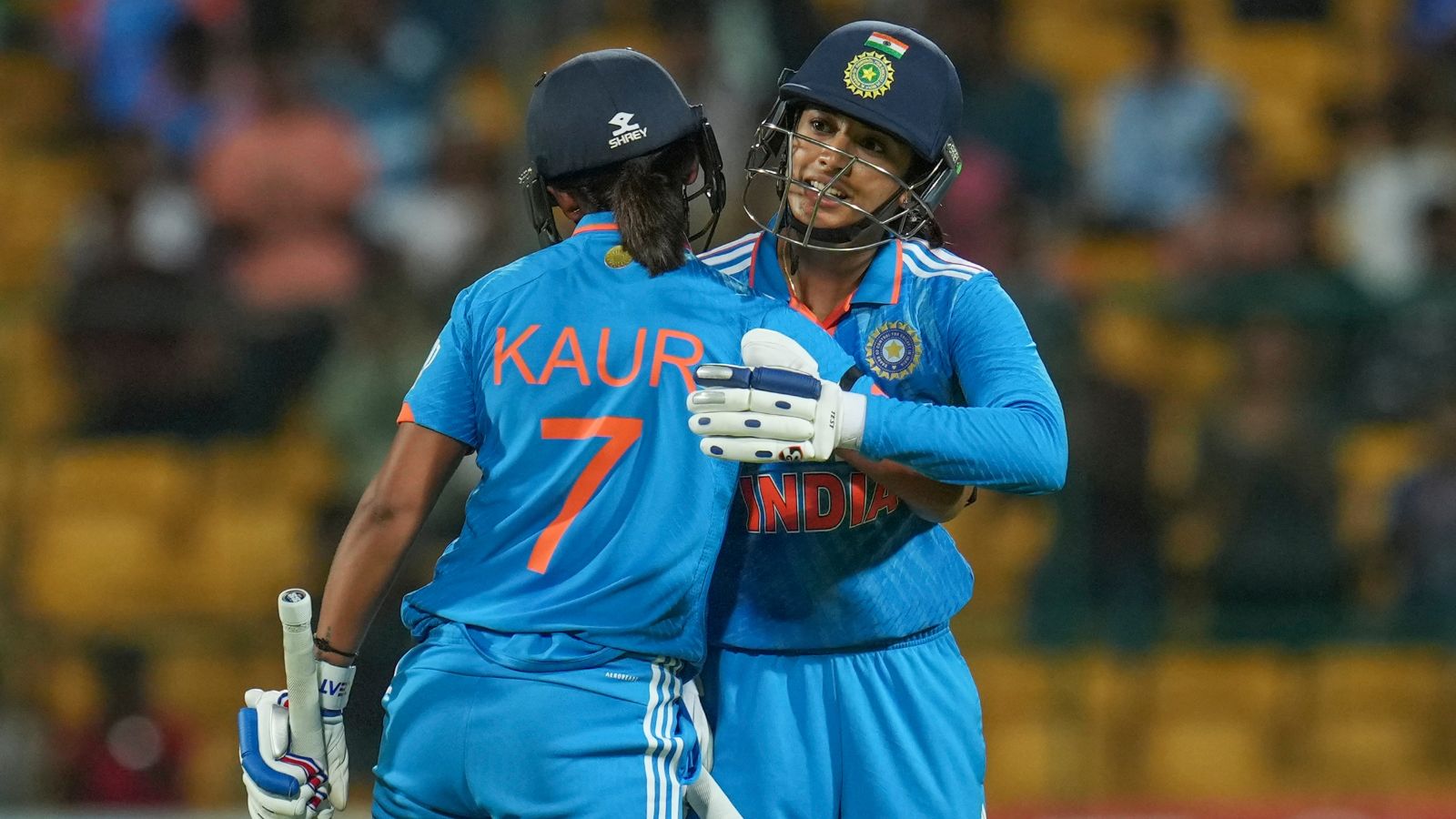
Women’s T20 World Cup 2024: Full schedule, match dates, groups, squads and venues
August 27, 2024What’s New
Spotlight
Today’s Hot
-
- August 27, 2024
-
- August 27, 2024
-
- August 27, 2024
Telegram becomes free speech flashpoint after founder’s arrest
- By Sarkai Info
- August 27, 2024
Featured News
IBM to close China R&D department, affecting over 1,000 jobs
- By Sarkai Info
- August 27, 2024
Latest From This Week
How India’s U-15 winner trained in China, won local tournament at 6
ARTICLE
- by Sarkai Info
- August 27, 2024
OpenAI supports California AI bill requiring ‘watermarking’ of synthetic content
ARTICLE
- by Sarkai Info
- August 27, 2024
Subscribe To Our Newsletter
No spam, notifications only about new products, updates.




